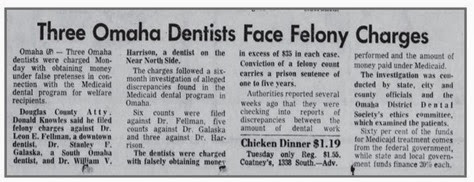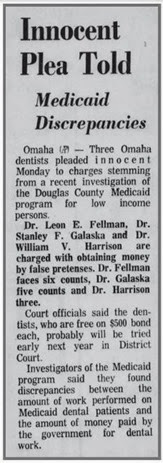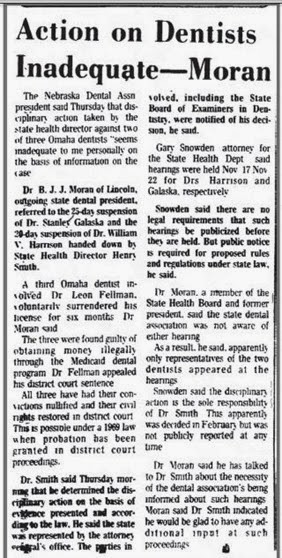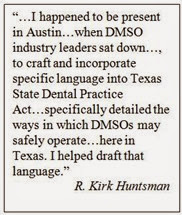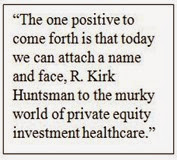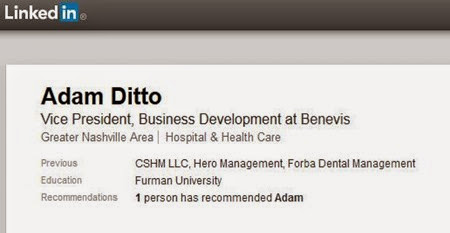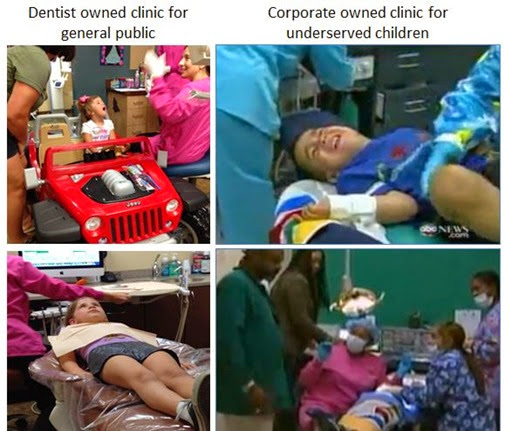 By: Michael W Davis, DDS
By: Michael W Davis, DDS
Dr. Michael W. Davis maintains a private general practice in Santa Fe, NM. He chairs the Santa Fe District Dental Society Peer-Review Committee. Dr. Davis is active in dental care for disadvantaged citizens. His publications are on ethical issues within the dental profession, as well as numbers of clinical research papers.
November 19, 2014
Frequently, the media, non-dentist investigators, and the public ask me, the methods and means of swindles played out with dental x-rays. Most incorrectly assume, that patients are simply given excess numbers of unnecessary radiographs, to increase billing statements.
Both the insurance industry and Medicaid generally pay 100%, for the costs associated with dental x-rays. These third party payers have limits on the frequency and types of radiographs, which they will cover for benefits under their contracts with dental providers. Most dental insurance carriers have computer-generated algorithms, which are triggered when excessive x-rays are taken. Moneys are then not paid out, or immediately recuperated, in the next insurance payment cycle.
Medicaid oversight is generally more lax. However, there is a very real risk with dental x-ray over-billing, that this will be caught by Medicaid oversight mechanisms, even as incompetent as they usually are. Generally, large sums of Medicaid over-payments are generated, and regulators chase down very large sums, well after the fact (“Pay-&-Chase”). Often, only pennies on the dollars are returned to taxpayers. However, it represents a scam with some element of downside risk. As dental Medicaid fraud has become an accepted business model with in the dental industry, swindlers desire to minimize or eliminate regulatory risk.
Today, large interstate corporate dental providers retain former state and federal dental investigators. These corporate dental providers, which are usually beneficially owned by the private equity investment industry (Wall Street parties), have a good idea of which forms of fraud will be potentially investigated, and which methods of fraud will fly under the radar. Regardless, the corporate beneficial owners always retain licensed doctors acting as nominee owners (sham-owners), to assume any potential regulatory liabilities.
Most commonly, we observe the following forms of dental scams with dental radiographs.
Unbundling of X-ray Services
The American Dental Association (ADA) has established a clinical coding system called, “Common Dental Terminology” (CDT). Numerical codes are designated for nearly every possible dental service. This system is updated annually. Every insurance carrier and Medicaid will establish fees for each dental service, for which coverage is provided under their program. One such dental service is called a “complete series of radiographs”, which has a set fee, and CDT code number.
The scam involves taking a fair number of x-rays on a patient, and charging out for these multiple individual radiographs with multiple different CDT codes, to a sum greater than the fee, for a complete series of radiographs. This dishonest billing is termed unbundling.
Upcoding of X-Ray Services
Many pediatric dental patients, especially those with short attention spans, and who physically move about frequently, are unable to sit still long enough for a panographic x-ray (very large radiograph, approximately the size of a small loaf of bread). Thus, two occlusal radiographs (these approximate the size of a playing card) are often substituted. Cheats will frequently take a standard sized periapical x-ray (approximately the size of a domino), and turn it 90-degrees, and misrepresent that radiographic service, as an occlusal x-ray, and not a periapical radiograph, which it truly is.
This scam is usually played out, when the CDT code fee for an occlusal radiograph is more than a periapical radiograph. Since the only way to catch this fraud is with a physical auditing of the patient records, it’s easy to get away with.
Non-Diagnostic Quality X-rays
When dental providers bill for x-ray services, they are assumed to bill for diagnostic quality x-rays. Any reasonably qualified doctor should be able to view the radiographs, and use that data to assist in generation of a patient treatment plan with their total examination. A patient treatment plan is generally an essential and required part of any patient record. Further services (fillings, crowns, extractions, root canal therapies, etc.) provided to a patient are based upon the patient treatment plan, and diagnostic quality x-rays.
When a doctor utilizes non-diagnostic quality radiographs (x-rays with processing errors and distortions, incorrectly positioned x-rays, etc.) to generate a patient treatment plan and provide clinical services, the patient and third party payer may be cheated. Not only is it unlawful to bill for the non-diagnostic quality radiographs, but also dental services delivered based upon these x-rays may represent malpractice and/or fraud.
Again, this form of malpractice/fraud is difficult to catch, without an on-site patient record audit, or physical examination of the records. Once patient records are subpoenaed for a civil or criminal legal action, a Medicaid audit, or a state dental board administrative law complaint, we commonly see non-diagnostic quality x-rays to be the unreasonable standard-of-care, for an unfortunate subset of practitioners. Too frequently, we see very extensive patient care (multiple steel crowns, pulpotomies a/k/a baby root canals, extractions, etc.) based on non-diagnostic x-rays and a very sketchy patient treatment plan.
Missing X-Rays
This too often comes down to three possible situations, none of which are good. The doctor claims the x-rays have gone missing. Patient records are assigned a responsible custodian for ownership. In most states, this is a licensed doctor. In other states, a corporate dental service organization may be assigned ownership, and treating doctors have specific and limited rights to access patient records (Again, a dangerous situation for patient rights. Also, potential for a corporate dental provider, to blackmail employee dentists’ testimony, when the corporate model of dental practice is outside the norms of the dental industry, involving fraud as an overall business model. “If you talk doctor, we’ll throw you under the bus, just like we did with the current defendant.”).
Missing records, inclusive of dental x-rays, does not bode well for defendants in civil or criminal malpractice or fraud cases. A judge will most often make a ruling, which casts a negative inference, upon subpoenaed and non-produced discovery material. Records not produced are deemed to negatively impugn defendant(s).
The third possibility is that the dental radiographs never existed, in the first place. Yes, billing statements were generated for dental x-rays, but these services were not provided. Extensive treatment plans and other dental services were provided, all without supportive dental x-rays. A good question for plaintiff’s attorney to ask a defendant/doctor at deposition may be, “Are you related to Superman, because you must have x-ray vision?”.
Conclusion
Scams involving dental x-rays may be somewhat more complex, than many assume. Implications for malpractice and/or fraud go far beyond the radiographs themselves. Auditors, investigators, policy makers, legislators, leaders in organized dentistry, and the public must be alerted, to these common frauds played out in the dental industry. The crooks aren’t simply a handful of small-time dentist bunco operators. These swindles go directly to the heart of unregulated corporate America, which beneficially owns many of these disturbing dental clinics. The public interest must supersede the interests of all others, when it comes to our nation’s healthcare.








